| |
|
|
Botanical Name |
: |
Euphorbia tirucalli L. |
English
Name |
: |
Milk Bush |
Family |
: |
Euphorbiaceae |
| |
General Info
| Description |
 |
|
Erect tree, 3 to 6 m high, branches thin, cylindrical, spreading, scattered, clustered, whorled, latex extraordinarily abundant, sticky and acrid; leaves alternate, linear, caducous, petioles modified to phylloclade; involucres clustered in the forks of branches, inconspicuous, flowers shortly pedicelled, bracteoles numerous; cocci dark brown, velvety, compressed; seeds ovoid, smooth. |
| Herb Effects |
 |
|
Its stem-extract has antifungal properties and the aerial parts are antiprotozoal. Emetic, laxative, rubefacient, anticancer and astringent (plant); stimulates the central nervous system. hypothermic and antiprotozoal (aerial part). |
Chemistry
| Active Ingredients |
 |
|
Beta-sitosterol, ellagic acid, hentriacontanol, hentriacontane (stem); citric acid, mallic acid, methyl-ellagic acid, sitosterol, triucallol, taraxerone (plant). |
| Chemistry
of Active Ingredients |
 |
|
|
 |
Name |
CAS# |
IUPAC Name |
Formula |
Structure |
 |
|
| Ellagic acid |
Not Available |
Not Available |
C14H6O8 |

|
| Hentriacontane |
630-04-6 |
hentriacontane |
C31H64 |

|
| beta-Sitosterol |
5779-62-4 |
17-(5-ethyl-6-methyl
-heptan-2-yl)-10,13-
dimethyl-2,3,4,7,8,9
,11,12,14,
15,16,17
-dodecahydro-1H-cycl
openta[a]phenanthren
-3-ol |
C29H50O |
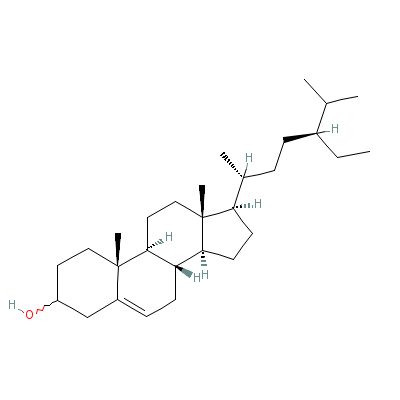
|
| Sitosterol |
5779-62-4 |
17-(5-ethyl-6-methyl
-heptan-2-yl)-10,13-
dimethyl-2,3,4,7,8,9
,11,12,14,
15,16,17
-dodecahydro-1H-cycl
openta[a]phenanthren
-3-ol |
C29H50O |
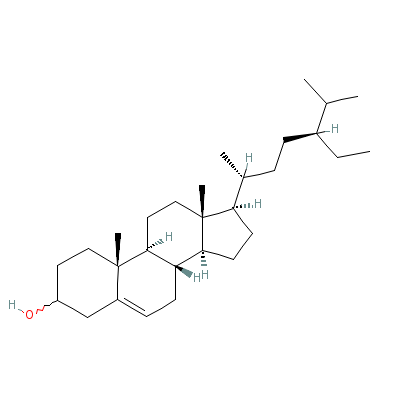
|
| Taraxerone |
Not Available |
4,4,6a,6a,8a,11,11,1
4b-octamethyl-2,4,4a
,5,6,6a,6a,8,8a,9,10
,11,12,12a
,13,14,1
4a,14b-octadecahydro
-1H-picen-3-one |
C30H48O |
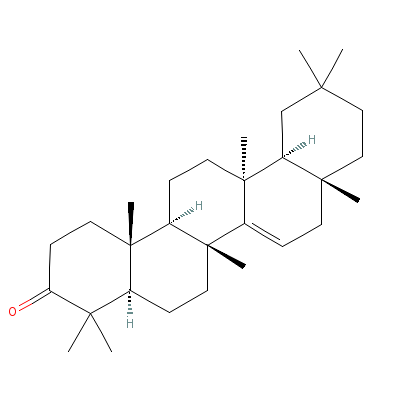
|
| Citric acid |
Not Available |
2-hydroxypropane-1,2
,3-tricarboxylic
acid |
C6H8O7 |
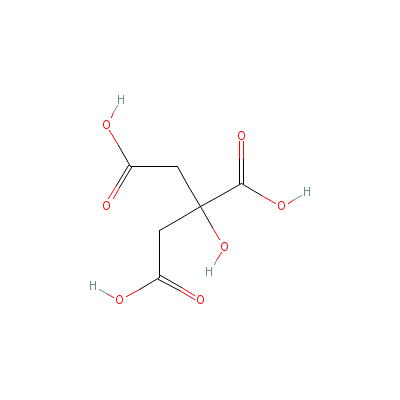
|
| Malic acid |
Not Available |
2-hydroxybutanedioic
acid |
C4H6O5 |
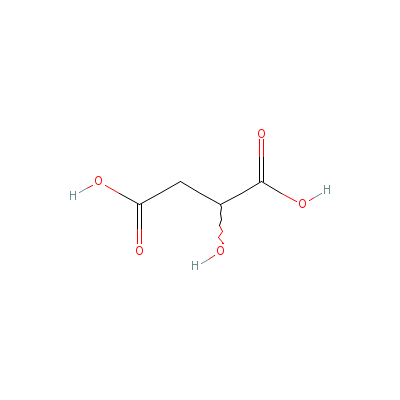
|
| Sitosterol |
5779-62-4 |
17-(5-ethyl-6-methyl
-heptan-2-yl)-10,13-
dimethyl-2,3,4,7,8,9
,11,12,14,
15,16,17
-dodecahydro-1H-cycl
openta[a]phenanthren
-3-ol |
C29H50O |

|
|
Pharmacology
| Medicinal Use |
 |
|
In cancer (plant). The local medicinal practices employ its parts for dealing with body pain, eczema, scabies, rheumatism, earache, oedema, deranged phlegm, epistaxis, deranged bile, constipation and dyscrasia. |
| Contraindication |
 |
|
All parts of Euphorbia tirucalli ooze a milky sap when damaged or cut. Contact with this sap may cause dermatitis in some people, and in the eyes the sap can cause temporary blindness which may last for several days. |
| Reference |
 |
|
 Chandel et al., Biodiversity in Medicinal and Aromatic Plants in India. Chandel et al., Biodiversity in Medicinal and Aromatic Plants in India.
Sugiura M. Imai S. Sakurada K. Miyazaki T. Osato T. Cryptic dysfunction of cellular immunity in asymptomatic human immunodeficiency virus (HIV) carriers. |
Dealers
Products
|
|